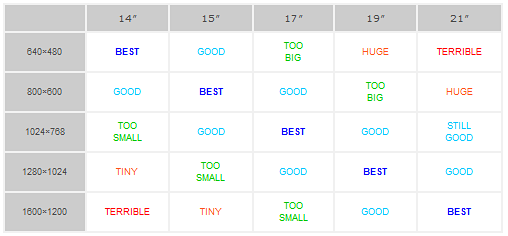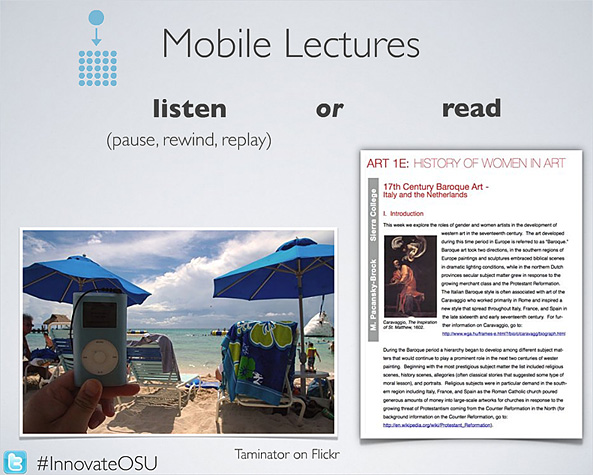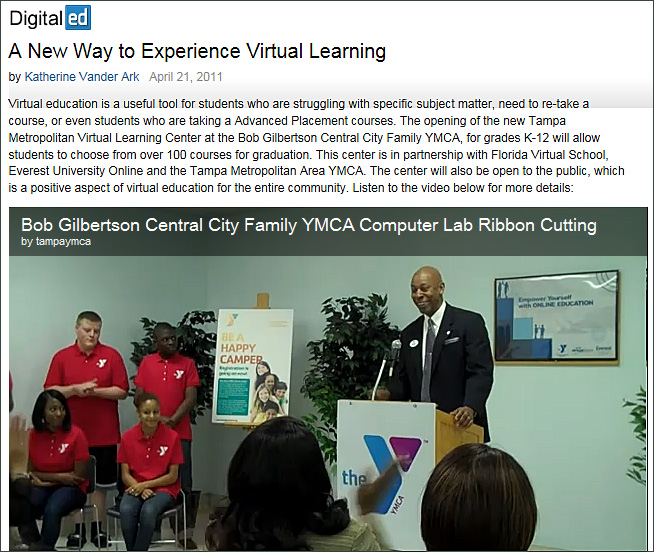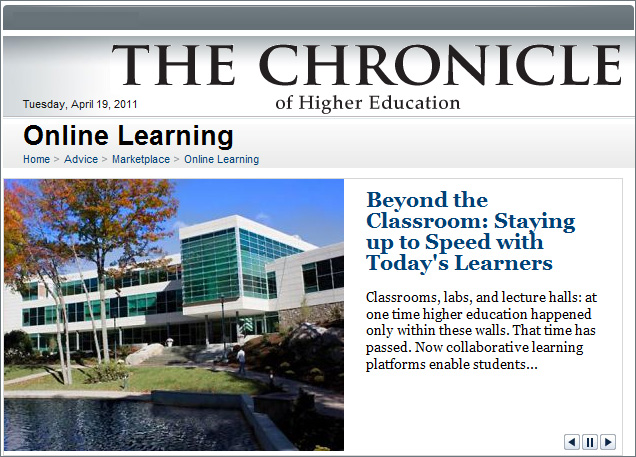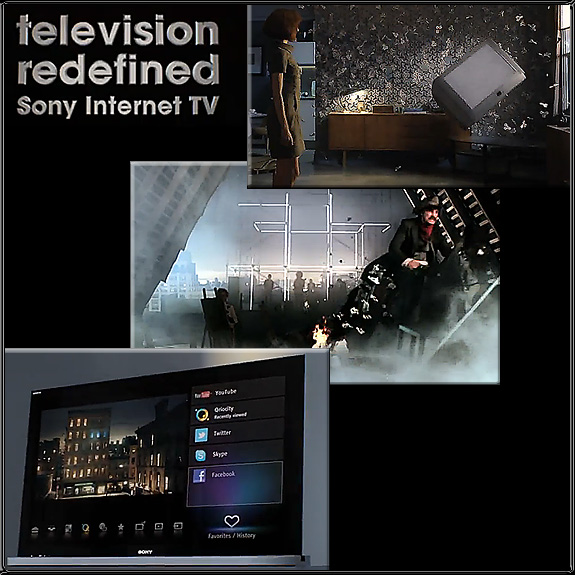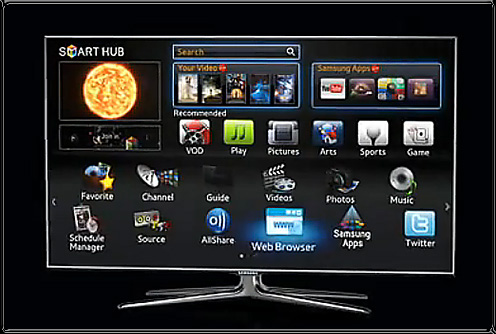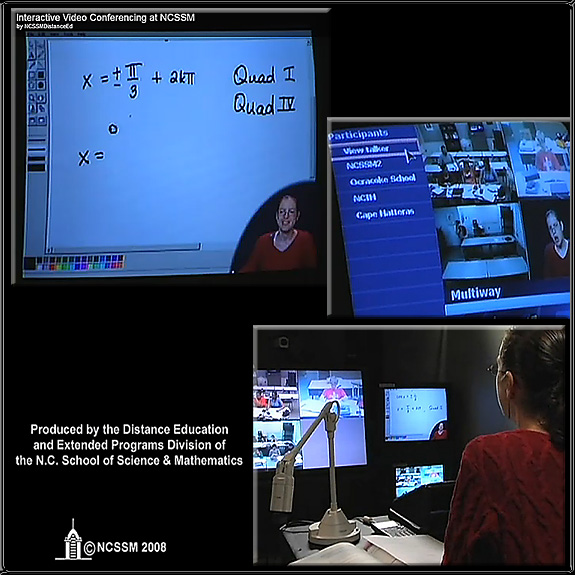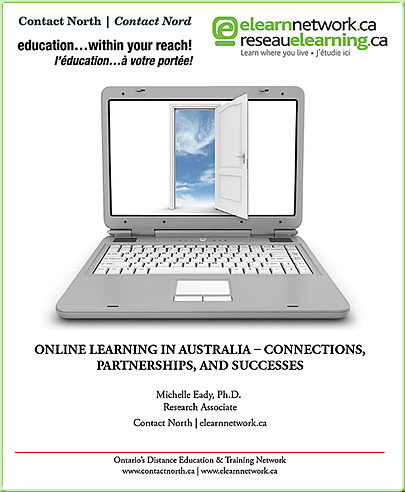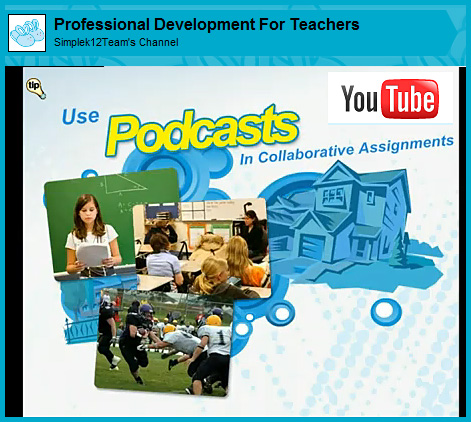Expanding Language by (Online) Degree — from InsideHigherEd.com by Steve Kolowich
Arabic is not a universal language, least of all in Pennsylvania. But by developing a fully online undergraduate degree in Arabic language and culture, the Pennsylvania State System of Higher Education (PASSHE) will soon make Arabic universally available across its 14 colleges and universities — with other online language programs to follow.
The plan comes amid efforts by PASSHE administrators to consolidate resources across the system by cutting programs at some institutions that can be offered online by others. A pending budget proposal by Governor Tom Corbett would cut the system’s funding by more than half in the coming year, and language programs on a number of campuses have already been shuttered.
Learning & Skills Survey: 87% More eLearning & Mobile Learning; 73% Less 2-3 Day Classroom Training — from the Upside Learning blog by Amit Garg
Excerpt:
Online and distance learning are playing an ever increasing role in higher education. Tight budgets and increased pressure from students has left many academic institutions searching for solutions to meet the heightened demand for online and distance learning programs.
Are you doing what’s right for your institution? Is there something you don’t know about?
The Chronicle’s special Online Learning section presents case studies, white papers, and articles about how top online learning companies are working with today’s colleges and universities to create high quality online and distance learning programs.
Visit the site to learn more about:
- What you can do to point your Online Learning Program toward success.
- How some universities have successfully enhanced their online and distance learning systems by collaborating across over 50 facilities nationwide.
- How one college enlisted the help of their longterm provider to stay current and competitive in their online learning competencies.
- What one small institution did to become a leader in the unification of traditional and online education.
- Who is providing low maintenance, high-reliability solutions to meet the needs of a growing online programs.
…and much more.
Originally saw this at
one of Stephen Downes’ blogs
Excerpt:
In particular, the report outlines the operations of two significant distance-learning institutes in Australia:
- Open Universities Australia (OUA), a consortium of universities providing distance-learning opportunities for students across Australia.
- eWorks, focusing on Technical and Further Education (TAFE), equivalent to college education level courses.
This report outlines unique features and best practices of both organizations, details specific roles within the organizations, and explores options for potential collaborations and project partnerships.
Open Universities Australia (OUA), a $70 million for-profit consortium which originated in 1992 with Federal Government funding, is now fully funded from student fees and projected to double in growth in the near term. 70% of students receive financial aid. As a consortium, it relies on the reputation of its constituent members. The board, comprised of participating university chancellors and independent directors from the professional workforce which includes an academic committee, governs the introduction and quality of programs and vets new providers. Most course work is delivered asynchronously with increasing progression towards synchronicity. Demand (rather than supply) drives new courses which are offered to complement existing courses in accordance with market forces. More than $1 million is available to aid in development of online delivery of existing face-to-face courses.
eWorks, a support service of The Australian Flexible Learning Framework (AFLF) develops (rather than delivers) content, based on nationally mandated curriculum competencies for the Vocation Education and Training sector (VET) sector, and coordinates access to existing vendor products into a single environment, generated from a single platform. Standardization of both learning objects and formats for storage and accessibility resulted in a federated search engine: the Learning Object Repository Network (LORN). Success of LORN relies on standards compliance by each state and territory.












